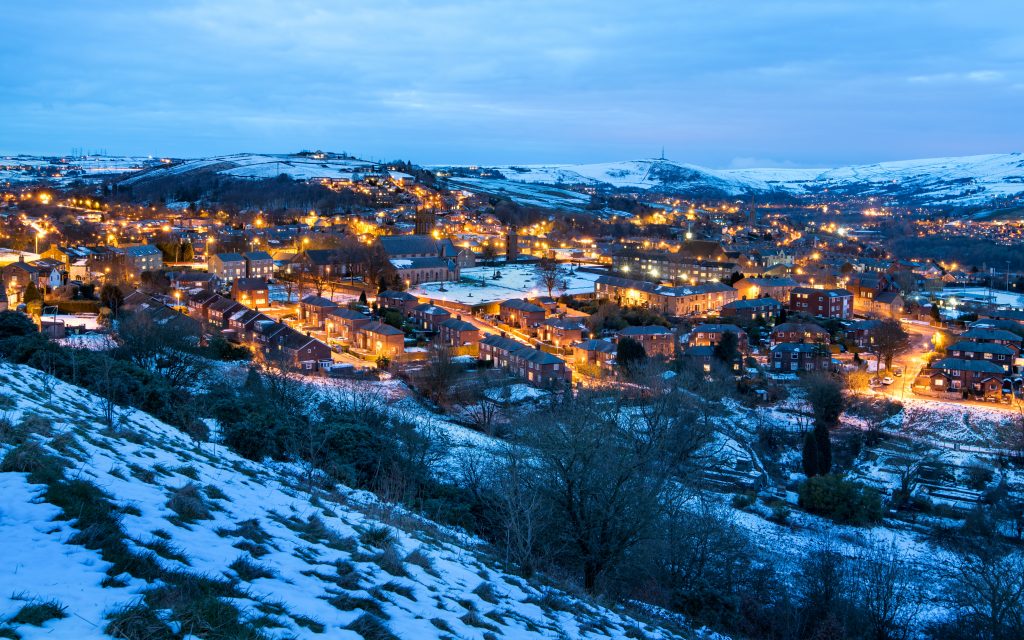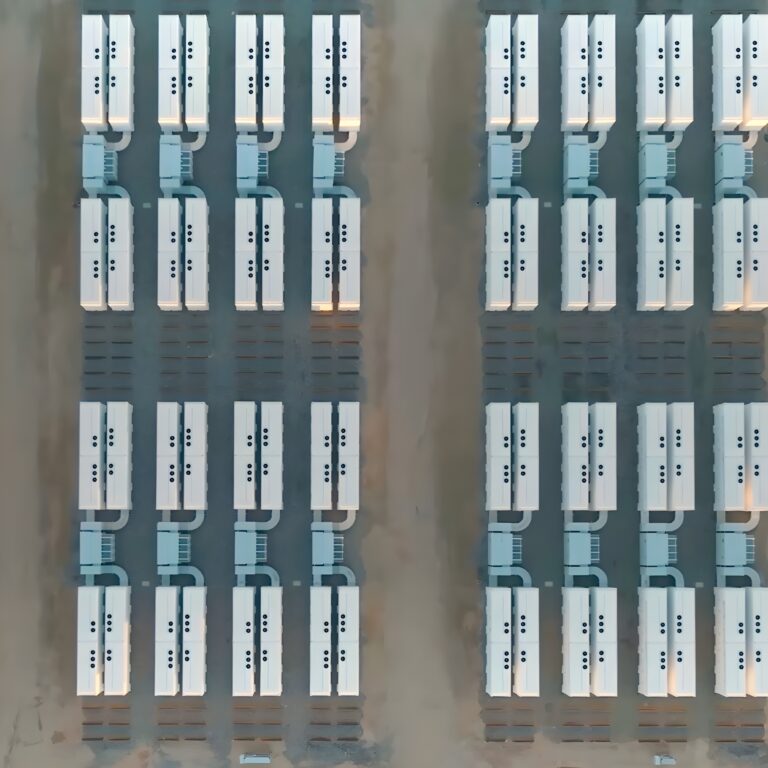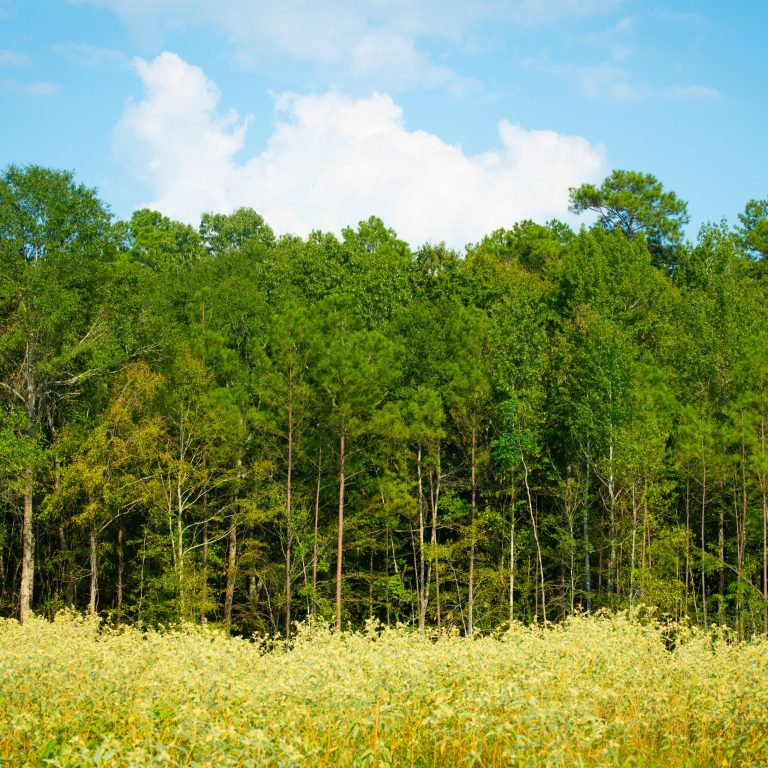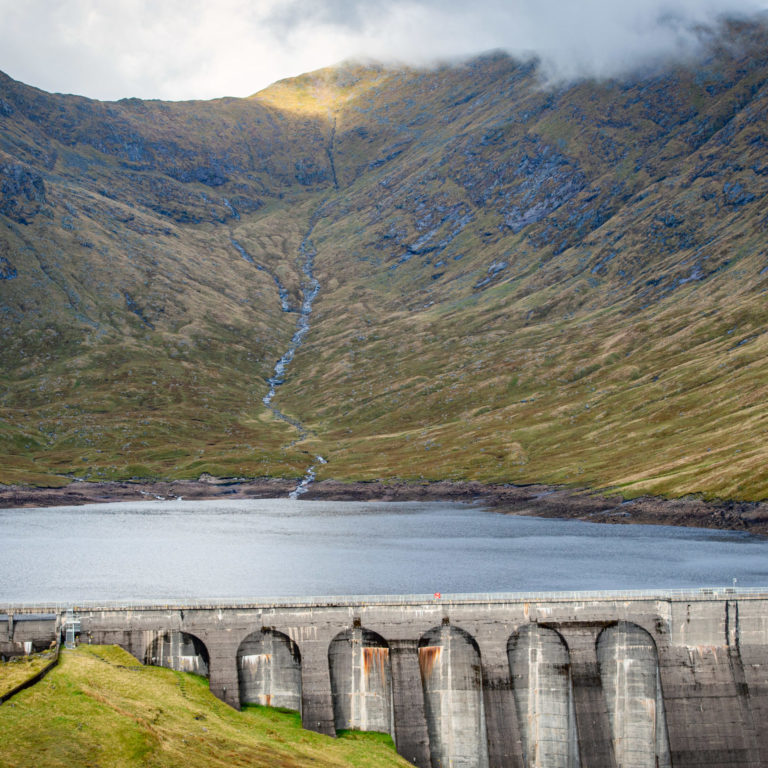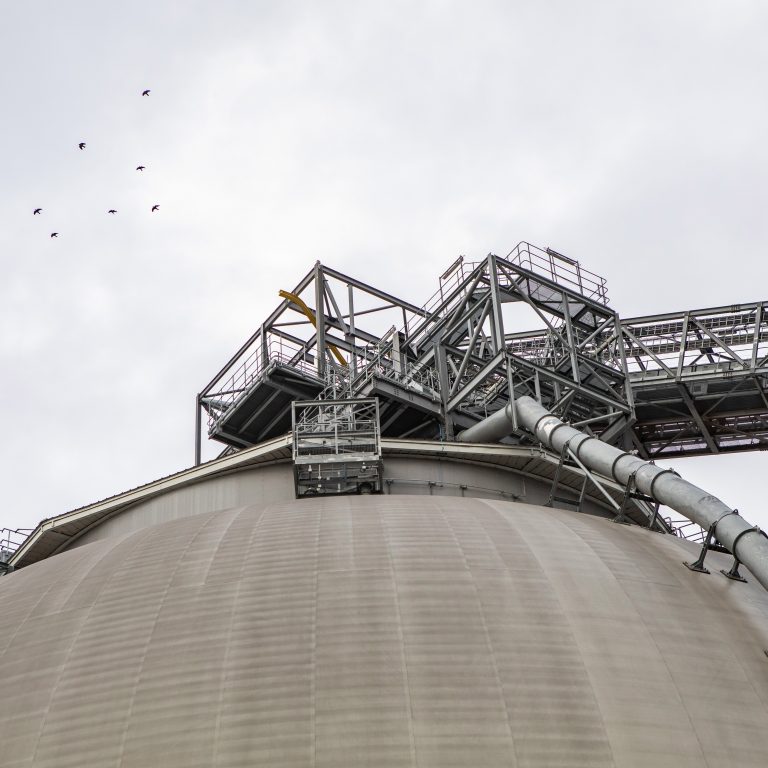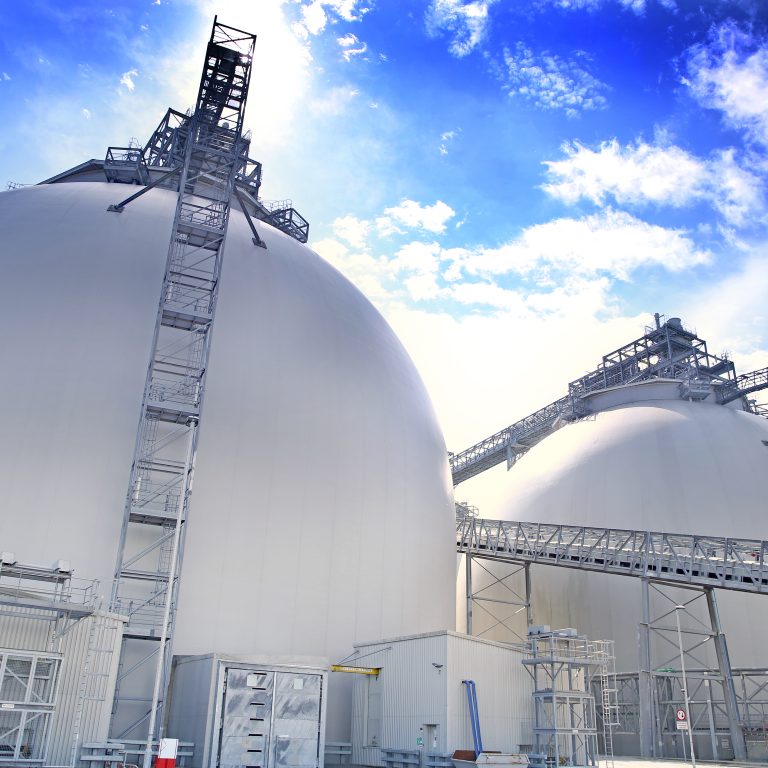Preparing for winter is one of the UK power system’s biggest challenges. Shorter days and falling temperatures ramp up demand for electricity and gas to power lights and heating across the country. This can put strain on the grid, even leading to blackouts if not carefully managed.
In anticipation of potentially difficult times, National Grid assesses Britain’s winter energy system to determine how much power we’re going to need, and more importantly, to ensure generators can produce enough to meet demand.
In its most recent report looking at winter 2017/18, National Grid’s take is a positive one: there will be enough power to meet demand. More than that, it has the potential to be cleaner than ever before.
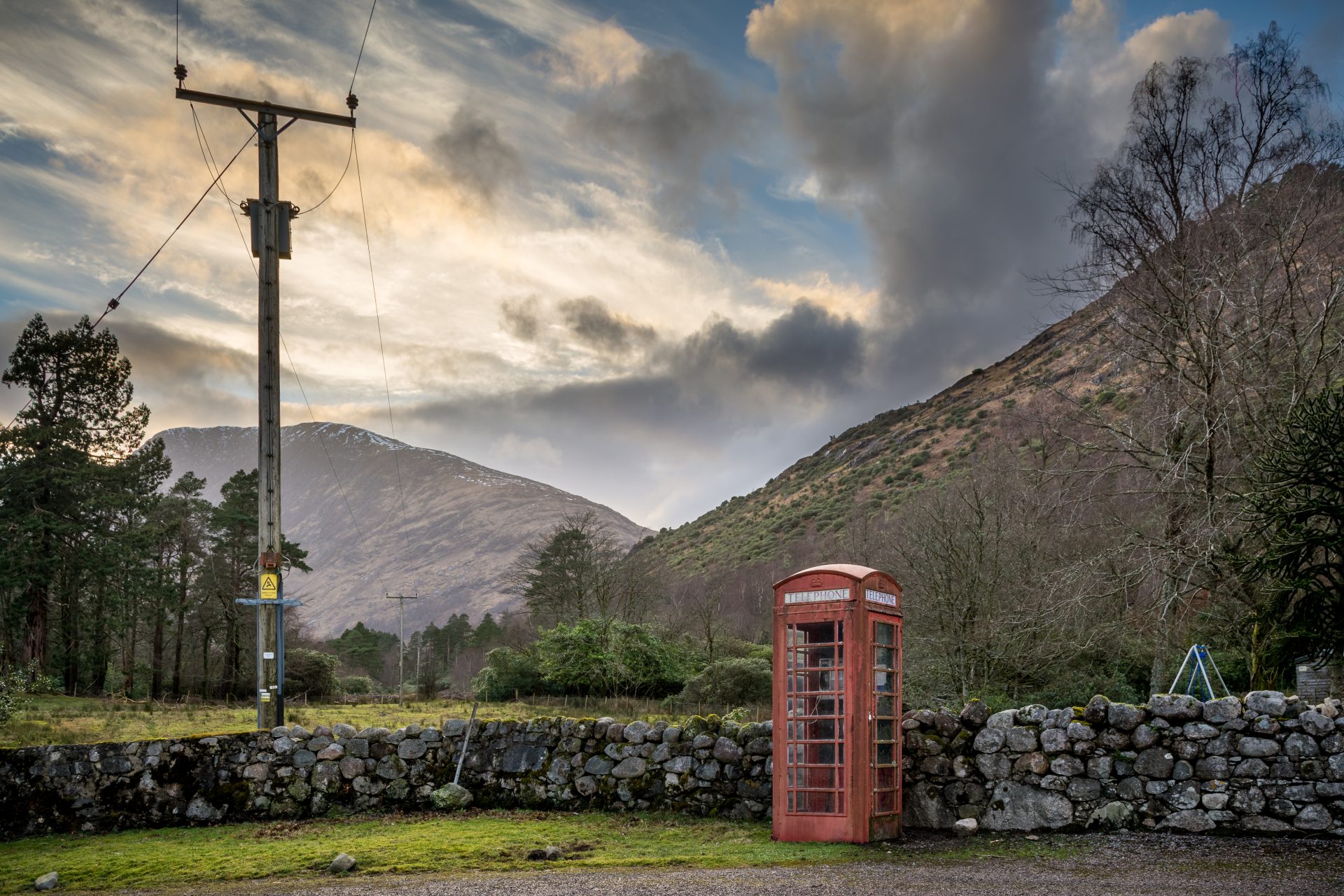
What to expect from electricity this winter
In the report, National Grid forecasts a surplus power margin (how much generation capacity will exceed estimated demand) of 10.3% – a significant increase from last year’s 5.7% margin.
What does this mean in real terms? The report predicts a peak electricity demand of nearly 51 GW during the darkest, coldest days of mid-December. By contrast, the total possible capacity of the UK’s energy system during winter is 101.2 GW, not including interconnectors importing power from abroad.
It is important to note, however, that 101.2 GW is more a theoretical number than an expected one. Considering normal occurrences such as planned outages, breakdowns, or other operational issues that prevent power stations generating their usual output, a more accurate estimate is 66.1 GW.

But electricity isn’t the only resource put under strain in the winter months – gas is also in high demand for heating and for electricity generation. In the report, National Grid predicts this winter to have a lower gas demand than last year, owing largely to a decrease in gas-fuelled electricity generation. However, where gas-fired electricity is likely to remain integral is in plugging the gaps in electricity supply left by intermittent renewables.
The system under stress
Weather plays a huge part in both the consumption and generation of power. During the winter, when days are shorter and darker, and the wind calmer, solar and wind cannot generate and feed into the power grid as they normally would.
This means when there are sudden spikes in demand (such as in a cold snap), National Grid must secure other sources to avoid disruption, which can sometimes include carbon-intensive coal, diesel generators, or importing power from Europe.
This growing pressure on the system requires flexible and reliable sources of energy that can quickly react to these sudden surges.
“Biomass is a reliable, flexible renewable and available at scale. It’s able to provide the full range of support services the grid needs to retain stable supplies – whatever the weather,” says Drax Power CEO, Andy Koss.
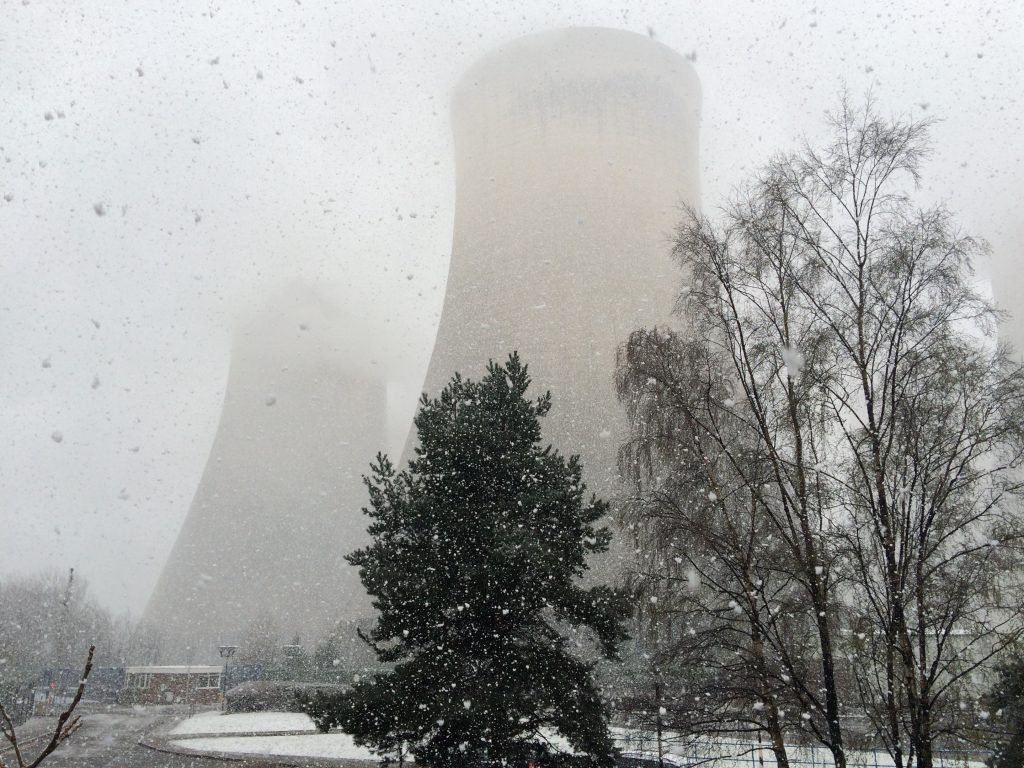
Drax Power Station’s south cooling towers recycle water and feed it back into the boilers, where 17% of the UK’s renewable electricity is generated
Low-carbon winter energy
The ability to secure sufficient, reliable and lower-carbon power over the winter months is key to the ongoing decarbonisation of the UK. Biomass and gas will play an important role in allowing the country to operate with less dependence on fossil fuels.
We’ve already made significant headway in this field. Last year, Christmas Day was powered by more renewable electricity than ever before, while each quarter of 2017 has seen new clean energy records broken.
As we move into another winter, it’s imperative generators and operators focus on the security of supply. That the stability of our power system will be secured by lower carbon sources is an added – and much needed – bonus.







